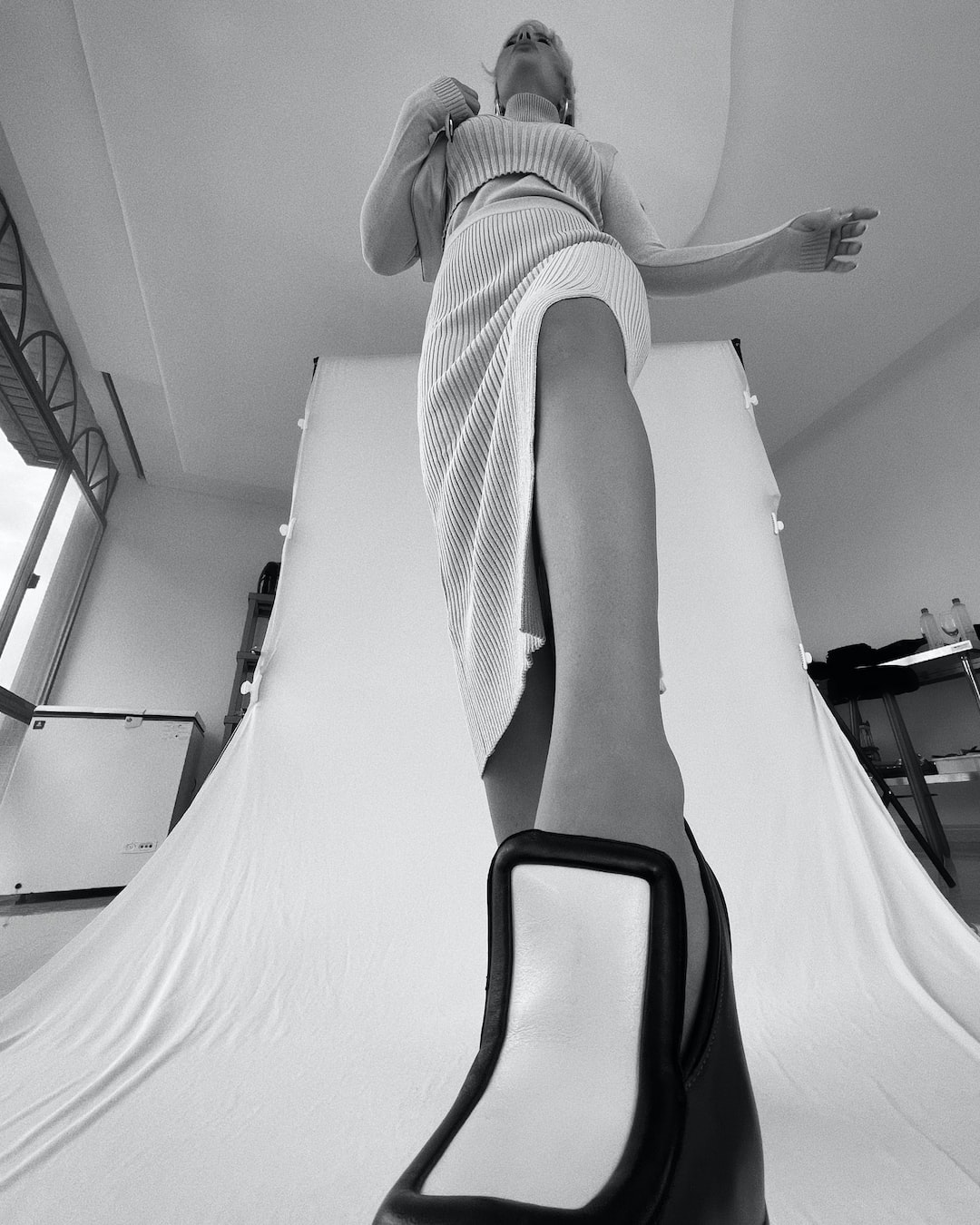The Rise and Fall of Fashion Trends: What Makes Them Fizzle Out?
Fashion trends come and go like waves in the ocean, mesmerizing us with their allure and creativity. From bell-bottom jeans to crop tops, these trends capture our attention and keep us longing to be part of the ever-changing fashion world. However, not all trends stand the test of time. Some fizzle out faster than others, leaving us wondering what makes them lose their appeal and fall into obscurity. In this blog post, we will explore the rise and fall of fashion trends, uncovering the reasons behind their inevitable decline.
One of the primary factors contributing to the rise and fall of fashion trends is the human desire for novelty. We are captivated by fresh and innovative fashion ideas that push boundaries and challenge societal norms. When a new trend emerges, it creates excitement and intrigue, enticing fashion enthusiasts to embrace it. However, as time goes by, the initial fascination fades, and people start searching for the next big thing. The fickleness of human nature plays a significant role in the rapid demise of fashion trends.
Additionally, the continuous cycle of fashion seasons and the fast-paced nature of the industry contribute to the fall of trends. Designers and fashion brands continuously introduce new collections and trends to stay relevant and satisfy consumer demand. As a result, trends lose their exclusivity and become easily accessible to the masses. When everyone is wearing the same style, it no longer feels unique or desirable. This oversaturation leads to the abrupt decline of trends.
Moreover, the influence of influencers and celebrities cannot be overlooked when discussing the rise and fall of fashion trends. These individuals hold enormous power to shape consumer choices and preferences. When a trend is endorsed by a popular figure, it spreads like wildfire, becoming the must-have item for fashion-forward individuals. However, once the influencer moves on to the next trend or if negative opinions emerge, the trend loses its appeal and fades away.
Changing cultural and societal norms also play a vital role in the decline of fashion trends. As society evolves, so do its preferences and values. A trend that was once considered fashionable and edgy may no longer align with the current societal ideals. Fashion trends that fail to adapt to these changing expectations quickly lose their relevance and eventually fizzle out. This is particularly evident in the fashion industry’s shift towards sustainability and inclusivity, as trends that are seen as wasteful or exclusive are losing momentum.
Another factor that contributes to the fall of fashion trends is the cyclical nature of fashion itself. Many trends experience a comeback years or even decades later, only to fade out once again. This cycle of resurgence and decline further emphasizes the fleeting nature of fashion trends. People, driven by nostalgia or a desire for something new, may temporarily embrace reemerging trends. However, the initial excitement eventually wanes, and the trend dissipates into the fashion archives once more.
In conclusion, fashion trends come and go, captivating us with their innovation and originality. However, their appeal diminishes over time due to factors such as the human desire for novelty, oversaturation, the influence of influencers, shifting cultural norms, and the cyclical nature of fashion. While trends may initially flourish, their decline is inevitable as fashion continues to evolve and society’s preferences change. Regardless of their lifespan, fashion trends will continue to shape our world, reflecting and responding to the ever-evolving needs and desires of society.

